Home>Maintenance & Safety>Safety Equipment & Products>What Is A Fire Blanket?
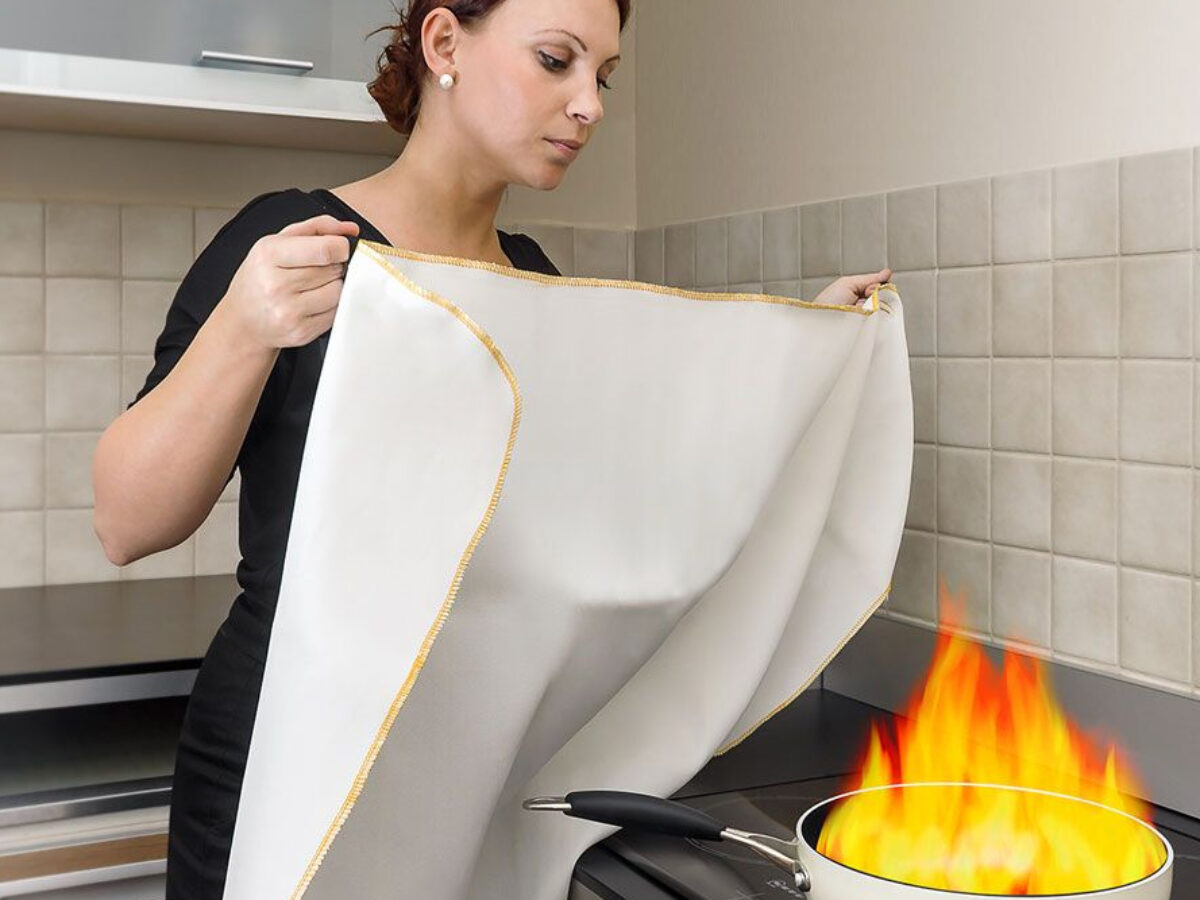

Safety Equipment & Products
What Is A Fire Blanket?
Modified: February 18, 2024
Learn about the importance of fire blankets as essential safety equipment and products. Discover how they can protect against small fires and prevent potential hazards.
(Many of the links in this article redirect to a specific reviewed product. Your purchase of these products through affiliate links helps to generate commission for Storables.com, at no extra cost. Learn more)
**
Introduction
**
Fire safety is a critical aspect of protecting both lives and property. When it comes to fire emergencies, having the right safety equipment can make all the difference. One such essential safety tool is the fire blanket. This versatile and effective safety device is designed to extinguish small fires or to provide a temporary shield from flames, making it a valuable addition to any home, workplace, or industrial setting.
In this comprehensive guide, we will delve into the world of fire blankets, exploring their functionality, types, proper usage, and the myriad benefits they offer. Whether you're a homeowner, a business owner, or simply someone passionate about safety, understanding the ins and outs of fire blankets is crucial for maintaining a secure environment. Let's embark on this illuminating journey to uncover the significance of fire blankets and how they can play a pivotal role in fire safety.
**
Key Takeaways:
- Fire blankets are versatile safety tools designed to smother small fires and shield individuals from flames. They are easy to use and offer rapid fire suppression, making them essential for homes, workplaces, and industrial settings.
- Understanding the types and benefits of fire blankets empowers individuals to respond effectively to fire emergencies. Their reusability, minimal cleanup, and user-friendly deployment make them a valuable addition to fire safety measures.
Read more: What Is A Fire Blanket Made Of?
How Does a Fire Blanket Work?
**
Fire blankets are crafted from flame-resistant materials such as fiberglass or wool, designed to smother and extinguish small fires by depriving them of oxygen. When a fire blanket is placed over a fire, it effectively cuts off the fire’s air supply, leading to the suppression of the flames. This method of extinguishing fires is known as “smothering,” and it is particularly effective for fires involving flammable liquids or kitchen fires fueled by cooking oils.
Moreover, fire blankets can also be used as a protective shield in the event of a fire. By wrapping oneself in a fire blanket, individuals can shield themselves from radiant heat and prevent burns while evacuating a burning area. This dual functionality makes fire blankets a versatile tool for both extinguishing fires and providing a protective barrier against heat and flames.
It’s important to note that fire blankets are most effective when used on small, contained fires. They are not designed for combating large or spreading fires, and in such cases, it is crucial to evacuate the area immediately and alert the fire department.
Understanding the mechanics of how a fire blanket works is essential for utilizing it effectively in emergency situations. By having a clear grasp of its capabilities, individuals can act swiftly and decisively to mitigate fire hazards and protect themselves and others from harm.
**
Types of Fire Blankets
**
Fire blankets come in various types, each tailored to specific applications and environments. Understanding the different types can help individuals and organizations select the most suitable fire blanket for their needs.
1. Standard Fire Blankets: These are the most common type of fire blankets and are typically made from wool treated with fire-resistant chemicals. They are effective for smothering small fires in kitchens, laboratories, and workshops.
2. Fiberglass Fire Blankets: Fire blankets made from fiberglass are known for their exceptional heat resistance and durability. They are suitable for use in industrial settings, including welding and metalworking environments, where high temperatures and molten metal pose fire hazards.
3. Kitchen Fire Blankets: Specifically designed for kitchen use, these fire blankets are ideal for extinguishing cooking oil fires and other kitchen-related fires. They are often equipped with quick-release pull tabs for swift deployment in the event of a stovetop fire.
4. Welding Fire Blankets: These heavy-duty fire blankets are designed to withstand the intense heat and spatter generated during welding operations. They provide protection against sparks, slag, and molten metal, making them indispensable in welding and metal fabrication workshops.
5. Electrically-Insulated Fire Blankets: For environments where electrical fires are a concern, electrically-insulated fire blankets are essential. They are designed to smother electrical fires and provide a barrier against live electrical equipment, offering added safety to users and preventing electrical shock.
By understanding the distinct characteristics and applications of these fire blanket types, individuals and businesses can make informed decisions when selecting the most suitable fire blanket for their specific fire safety needs.
**
When to Use a Fire Blanket
**
Knowing when to use a fire blanket is crucial for prompt and effective response to fire emergencies. Fire blankets are designed to address specific types of fires and provide protection in various scenarios:
1. Kitchen Fires: In the event of a small grease fire or cooking oil fire in the kitchen, a fire blanket can be used to smother the flames quickly and prevent the fire from escalating. It is important to remember not to use water on grease fires, as it can cause the fire to spread rapidly. A fire blanket offers a safe and efficient way to extinguish such fires.
2. Clothing Fires: If a person’s clothing catches fire, using a fire blanket to smother the flames can prevent serious burns and injuries. The individual should be immediately wrapped in the fire blanket and then promptly seek medical attention.
3. Workshops and Laboratories: Fire blankets are valuable in environments where flammable materials are present, such as workshops and laboratories. They can be used to contain small fires involving chemicals, solvents, or other combustible materials until additional fire suppression measures can be implemented.
4. Welding and Metalworking: In welding and metalworking settings, fire blankets are essential for smothering sparks, slag, and small fires caused by molten metal. They provide a quick and effective means of fire suppression, helping to prevent the spread of fires in these high-heat environments.
5. Electrical Fires: Electrically-insulated fire blankets are specifically designed for smothering electrical fires and providing a protective barrier against live electrical equipment. They are indispensable in environments where the risk of electrical fires is prevalent, such as server rooms, electrical control panels, and industrial facilities.
Understanding the specific scenarios in which a fire blanket can be employed empowers individuals to respond decisively to fire incidents, potentially averting serious damage and injuries. By recognizing the diverse applications of fire blankets, individuals and organizations can prioritize fire safety and preparedness in their respective environments.
**
A fire blanket is a safety device made of fire-resistant materials used to smother small fires or wrap around a person on fire to extinguish the flames. It’s important to have one in your kitchen or workshop for quick access in case of a fire emergency.
How to Use a Fire Blanket
**
Using a fire blanket effectively requires a clear understanding of the proper deployment techniques. Here’s a step-by-step guide on how to use a fire blanket in different fire emergency scenarios:
1. Kitchen Fires: In the event of a small grease fire on the stovetop, immediately turn off the heat source. Carefully and swiftly grab the fire blanket by its corners or handles. Holding the blanket in front of you as a shield, approach the fire and gently place the blanket over the flames, ensuring that the entire fire is covered. Once the fire is smothered, leave the blanket in place and allow it to cool before carefully removing it.
2. Clothing Fires: If someone’s clothing catches fire, instruct the individual to stop, drop to the ground, and roll to smother the flames. If a fire blanket is available, quickly wrap the person in the blanket to extinguish the fire. Ensure that the individual seeks immediate medical attention for any injuries.
3. Workshops and Laboratories: When dealing with small fires involving chemicals or flammable materials, retrieve the fire blanket and approach the fire cautiously. Cover the fire with the blanket to smother the flames, and leave it in place until the fire is completely extinguished. Always follow up with proper cleanup and inspection to prevent re-ignition.
4. Welding and Metalworking: In the event of sparks, slag, or small fires caused by welding or metalworking activities, use a fire blanket to cover the source of the fire and smother it. Ensure that the blanket is rated for high temperatures and can withstand the heat generated in these environments.
5. Electrical Fires: When faced with an electrical fire, use an electrically-insulated fire blanket to cover the flames and live electrical equipment. This will effectively smother the fire and prevent the risk of electrical shock. Always exercise caution when dealing with electrical fires and promptly alert qualified personnel.
By familiarizing oneself with the appropriate techniques for using a fire blanket in different emergency scenarios, individuals can act swiftly and decisively to mitigate fire hazards and protect lives and property. Proper training and regular drills can further enhance preparedness and ensure that fire blankets are utilized effectively in critical situations.
**
Read more: What Is A Fire Blanket Used For?
Benefits of Using a Fire Blanket
**
Fire blankets offer a multitude of benefits, making them an indispensable tool for fire safety and emergency preparedness. Here are some key advantages of using fire blankets:
1. Rapid Fire Suppression: Fire blankets provide a swift and effective method for extinguishing small fires, preventing them from escalating and causing extensive damage. Their ability to smother flames promptly can be crucial in containing fire incidents before they become uncontrollable.
2. Safe Extinguishing of Grease Fires: In kitchen environments, where grease fires are a common hazard, fire blankets offer a safe and efficient means of extinguishing such fires without the risk of splattering or spreading the flames, as may occur with other fire suppression methods.
3. Protection Against Burns: Fire blankets can be used to shield individuals from radiant heat and flames, providing a layer of protection in the event of clothing fires or when evacuating areas with fire hazards. This can significantly reduce the risk of burn injuries during fire emergencies.
4. Versatility and Reusability: Fire blankets are versatile and can be used in various settings, including homes, workplaces, laboratories, and industrial facilities. They are also reusable, provided they are not damaged during use, making them a cost-effective and sustainable fire safety solution.
5. Minimal Cleanup and Residue: Unlike traditional fire extinguishers, fire blankets leave minimal residue after use, requiring little to no cleanup. This can help mitigate the aftermath of a fire incident and reduce the potential for secondary damage caused by extinguishing agents.
6. Electrical Safety: Electrically-insulated fire blankets offer a crucial layer of protection against electrical fires and live electrical equipment, safeguarding individuals from the risk of electrical shock and providing a safe means of fire suppression in electrical environments.
7. User-Friendly Deployment: Fire blankets are easy to deploy, requiring minimal training for effective use. Their simplicity and accessibility make them an ideal fire safety tool for individuals of all ages and levels of fire safety knowledge.
By harnessing these benefits, fire blankets contribute to a proactive approach to fire safety, empowering individuals and organizations to respond effectively to fire emergencies and protect lives, property, and critical assets.
**
Conclusion
**
Fire blankets stand as a testament to the ingenuity and practicality of fire safety equipment. Their versatility, ease of use, and effectiveness in suppressing small fires make them an invaluable asset in homes, workplaces, and industrial settings. From smothering kitchen fires to providing a protective barrier against radiant heat, fire blankets play a pivotal role in mitigating fire hazards and safeguarding lives and property.
As we’ve explored the mechanics, types, and benefits of fire blankets, it’s evident that their impact extends far beyond mere fire suppression. These essential safety tools offer peace of mind, enabling individuals to respond confidently to fire emergencies and take proactive measures to ensure the safety of themselves and others.
It is crucial for individuals, families, and organizations to prioritize fire safety and incorporate fire blankets into their emergency preparedness plans. Regular training on fire blanket deployment, coupled with awareness of the specific scenarios in which they can be utilized, can significantly enhance overall fire safety measures.
By recognizing the significance of fire blankets and their multifaceted applications, we can collectively foster a culture of safety and preparedness, where the swift and effective use of fire blankets becomes second nature in the face of fire emergencies. Through education, training, and the promotion of fire safety best practices, we can empower communities to embrace fire blankets as indispensable tools in their arsenal of fire safety equipment.
Ultimately, the impact of fire blankets transcends their physical presence; they embody a proactive approach to fire safety, resilience in the face of emergencies, and the unwavering commitment to protecting what matters most. As we champion the adoption and utilization of fire blankets, we fortify our defenses against fire hazards and pave the way for safer, more secure environments for generations to come.
Frequently Asked Questions about What Is A Fire Blanket?
Was this page helpful?
At Storables.com, we guarantee accurate and reliable information. Our content, validated by Expert Board Contributors, is crafted following stringent Editorial Policies. We're committed to providing you with well-researched, expert-backed insights for all your informational needs.
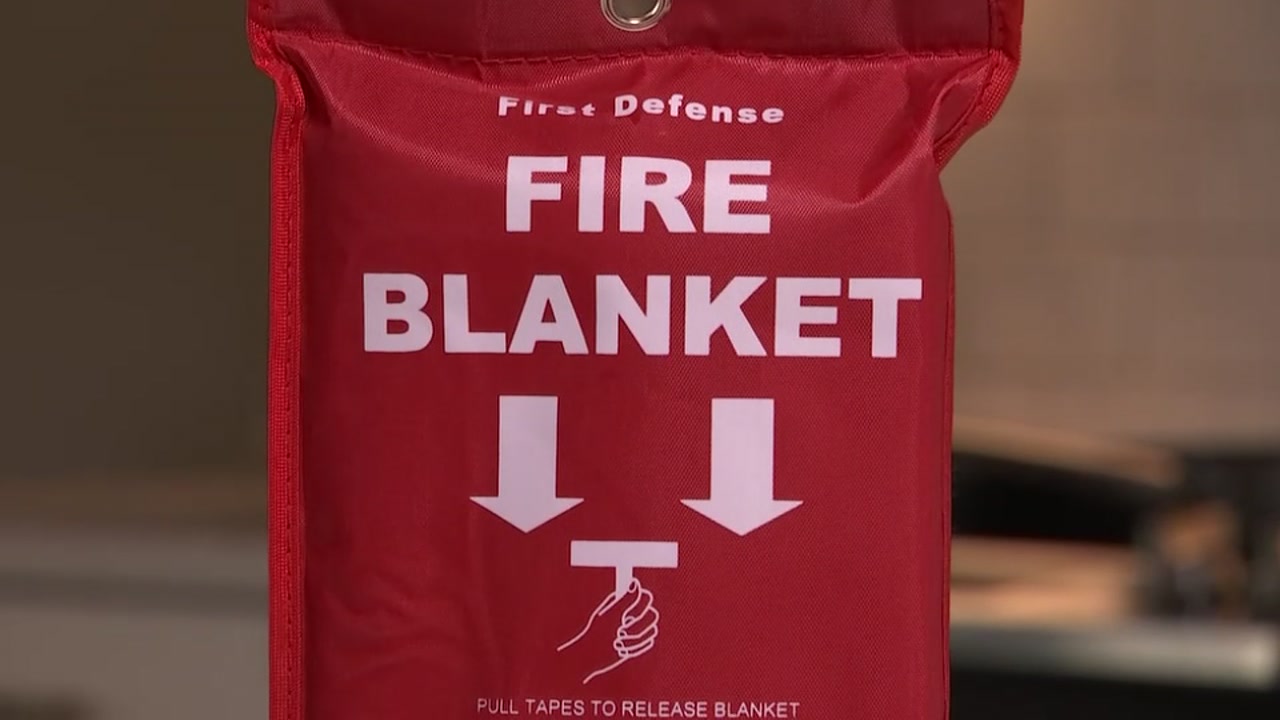
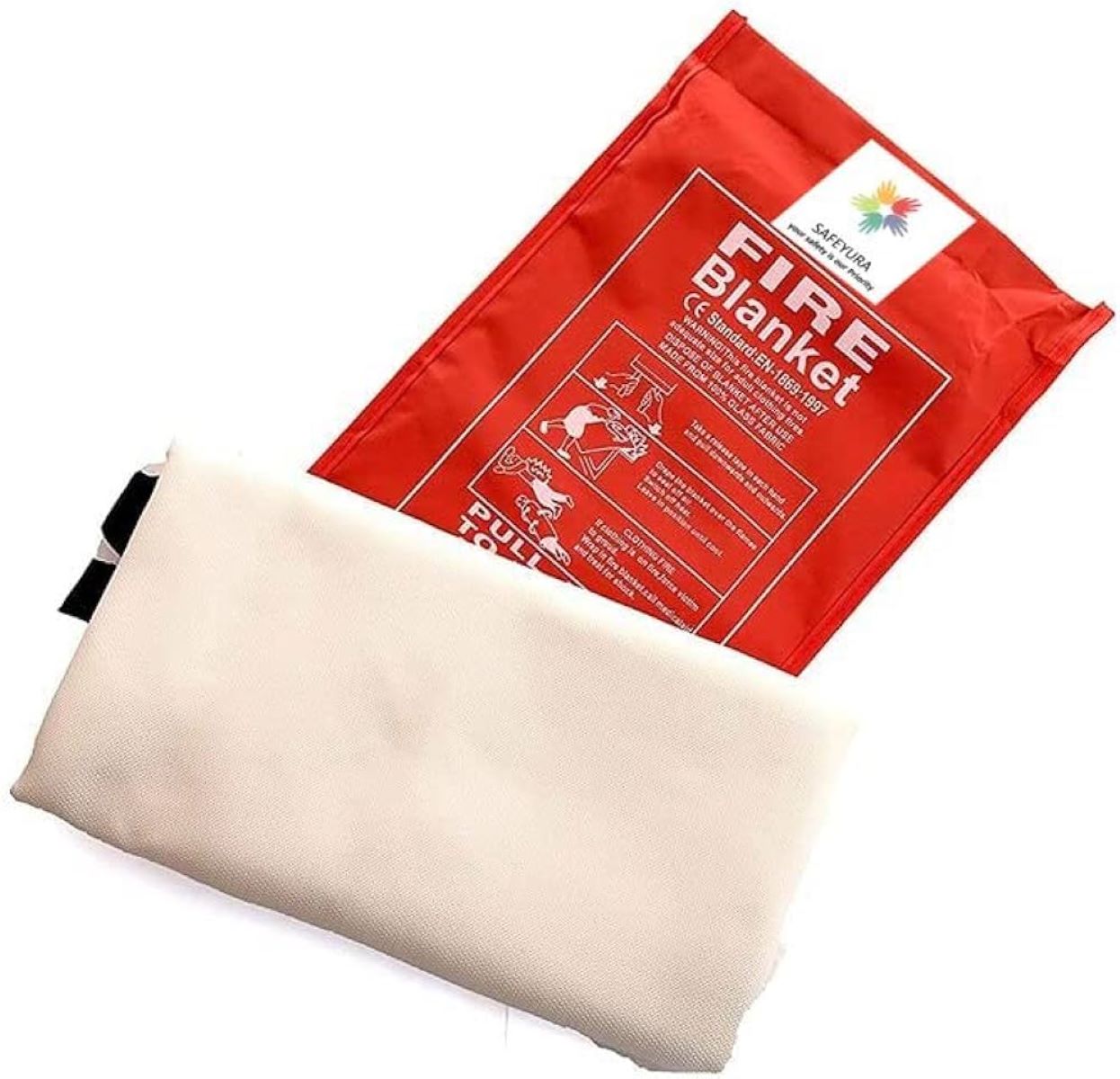
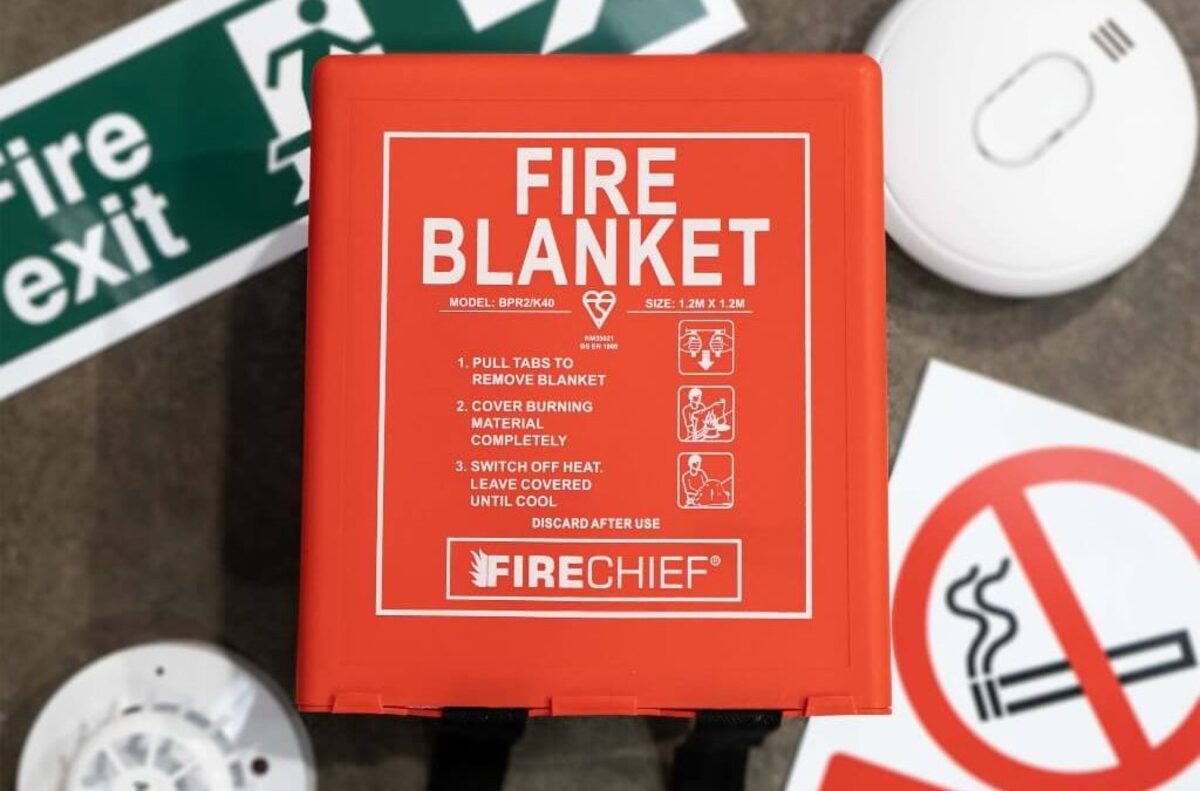
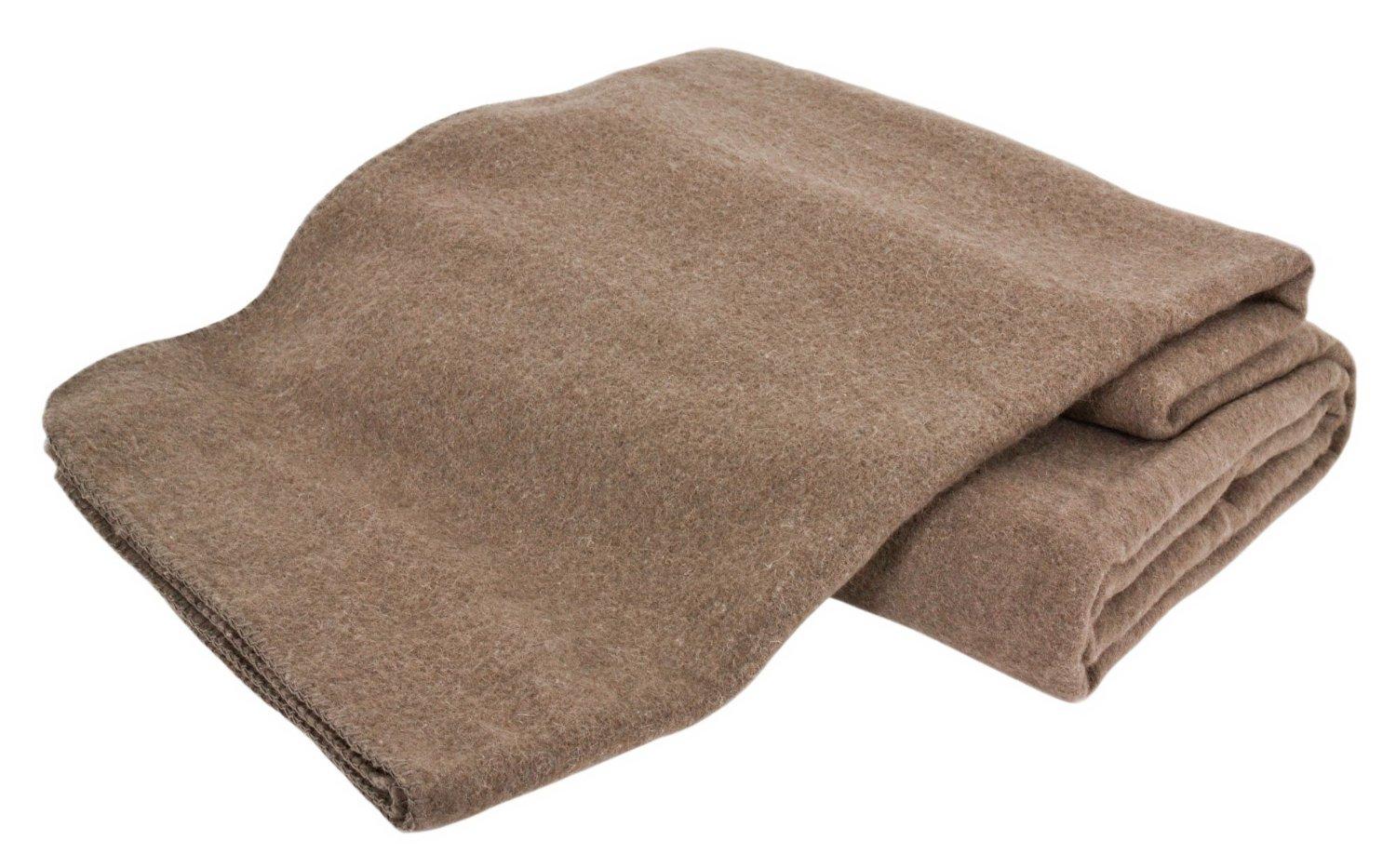
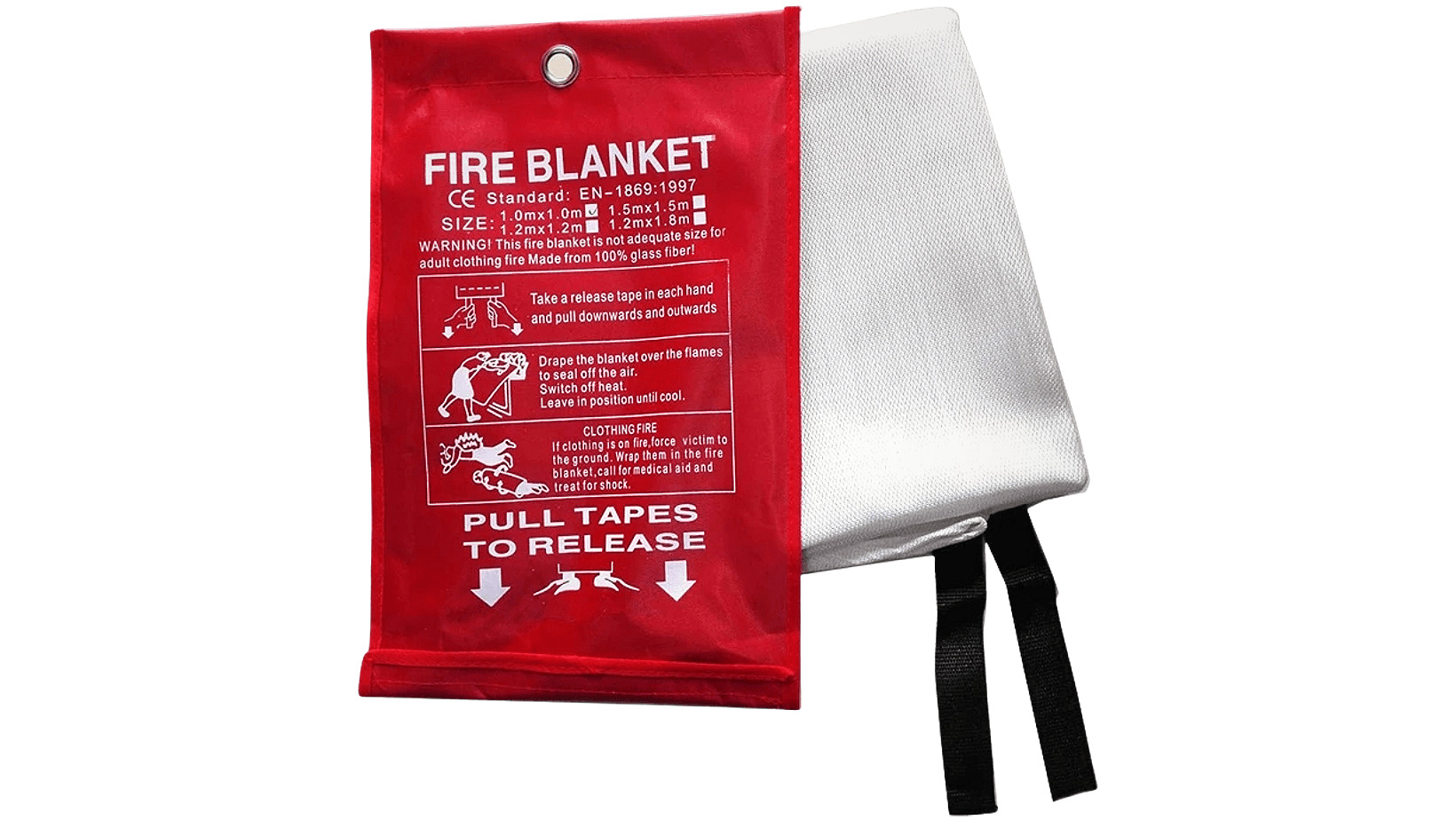

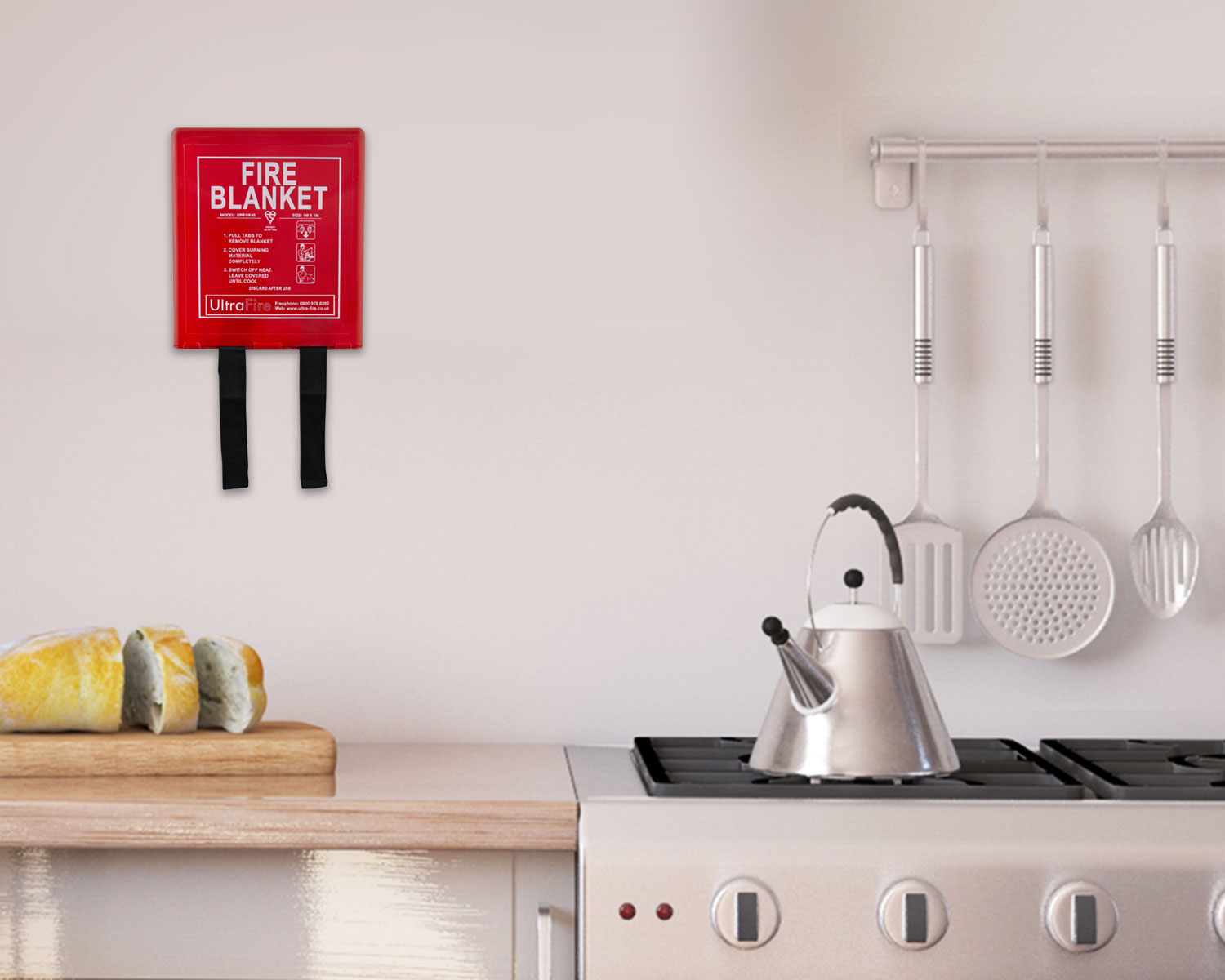

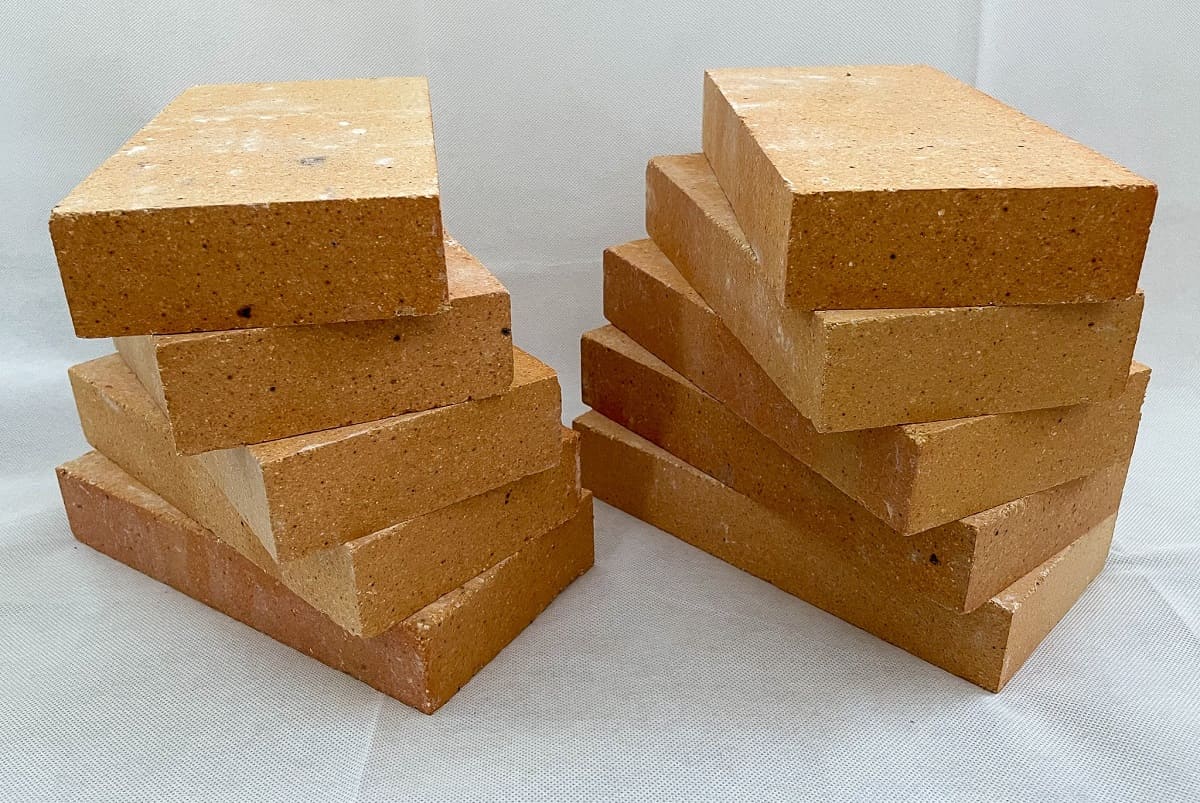


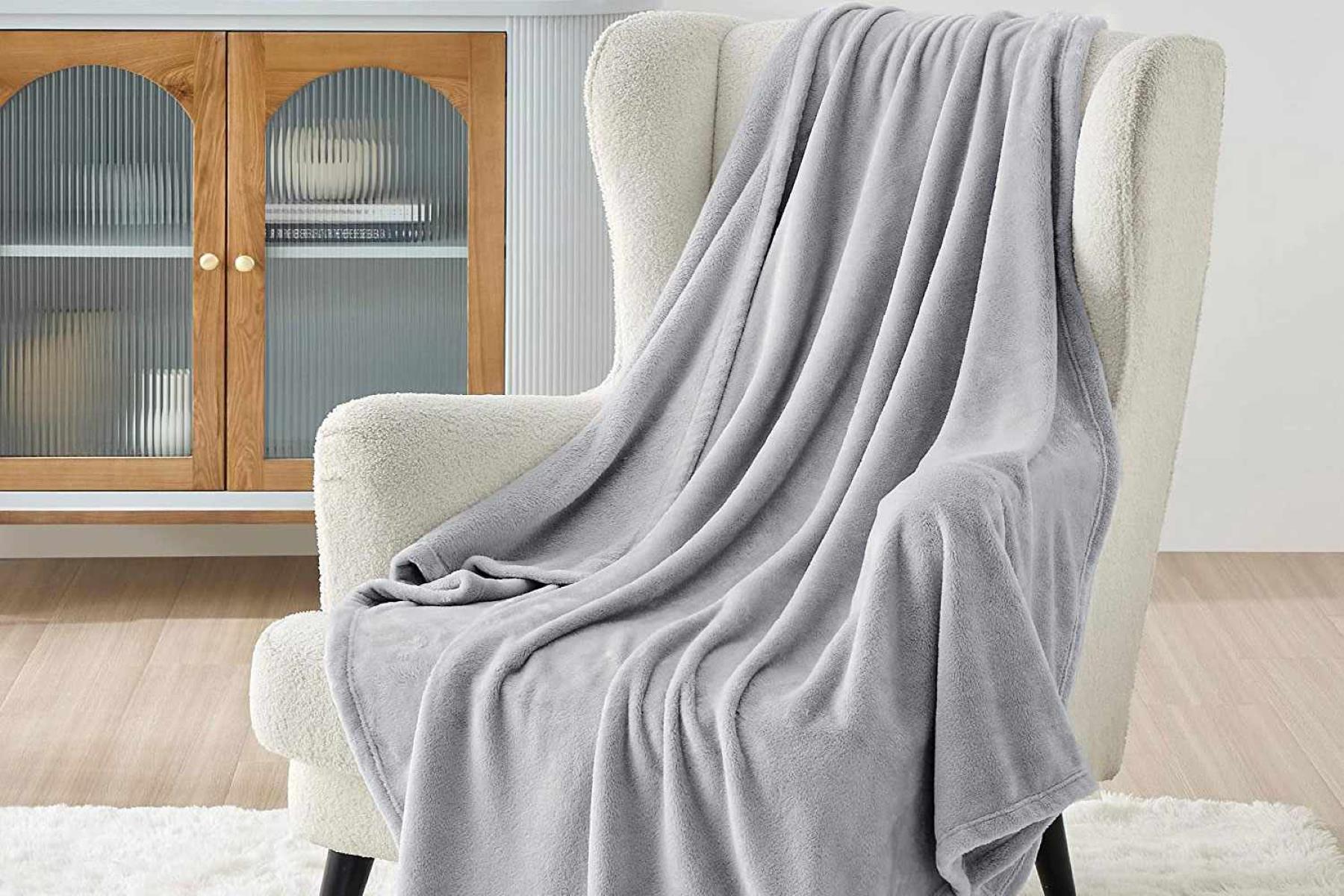



0 thoughts on “What Is A Fire Blanket?”